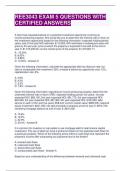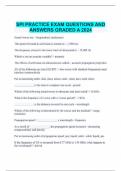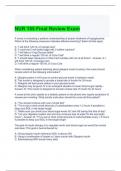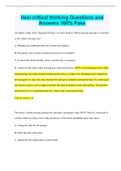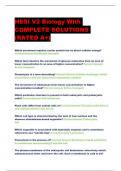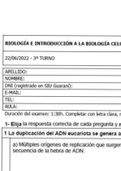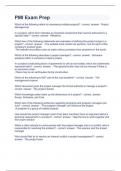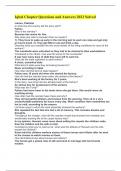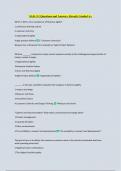Exam (elaborations)
REE3043 EXAM 5 QUESTIONS WITH CERTIFIED ANSWERS
- Course
- Institution
REE3043 EXAM 5 QUESTIONS WITH CERTIFIED ANSWERS A client has requested advice on a potential investment opportunity involving an income-producing property. She would like you to determine the internal rate of return of the investment opportunity based on the following information: expected holdin...
[Show more]
